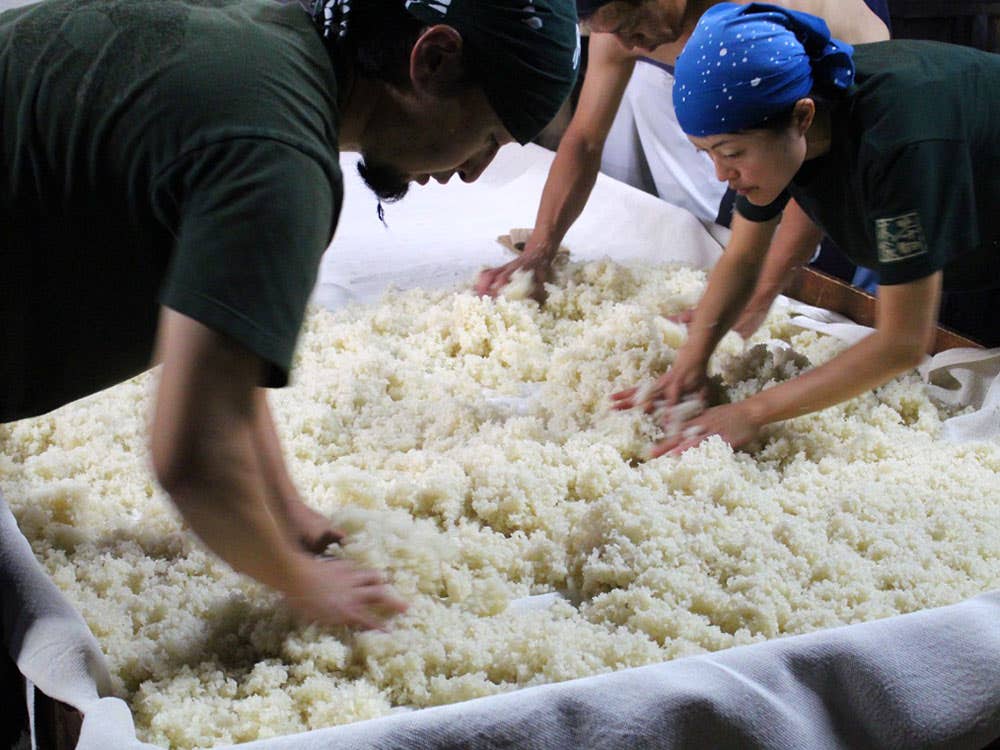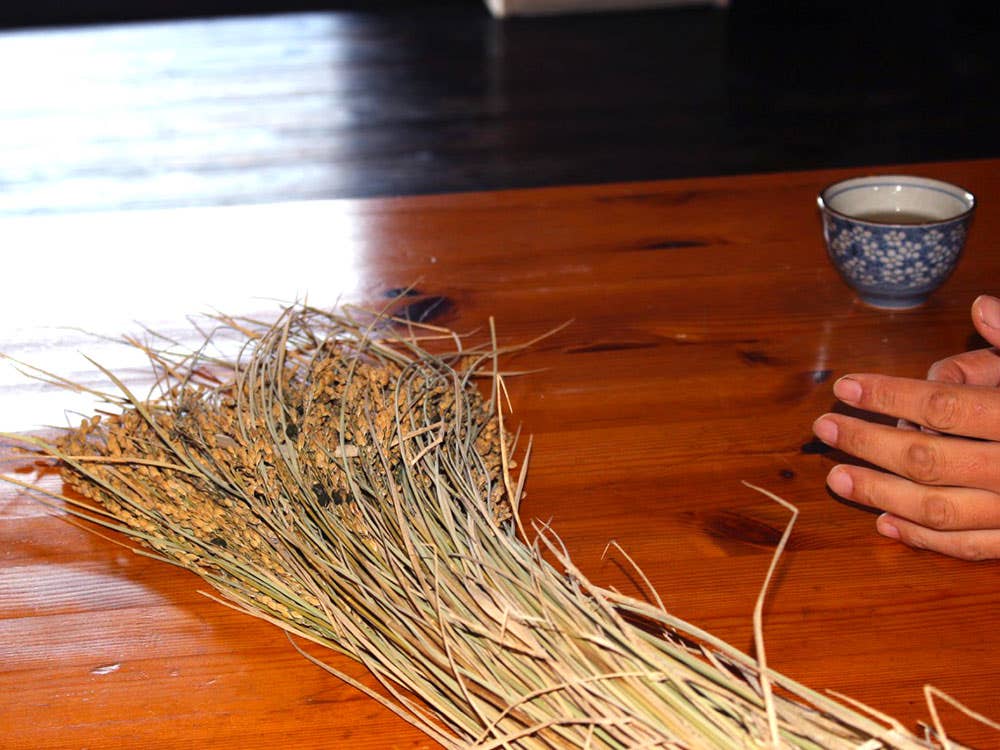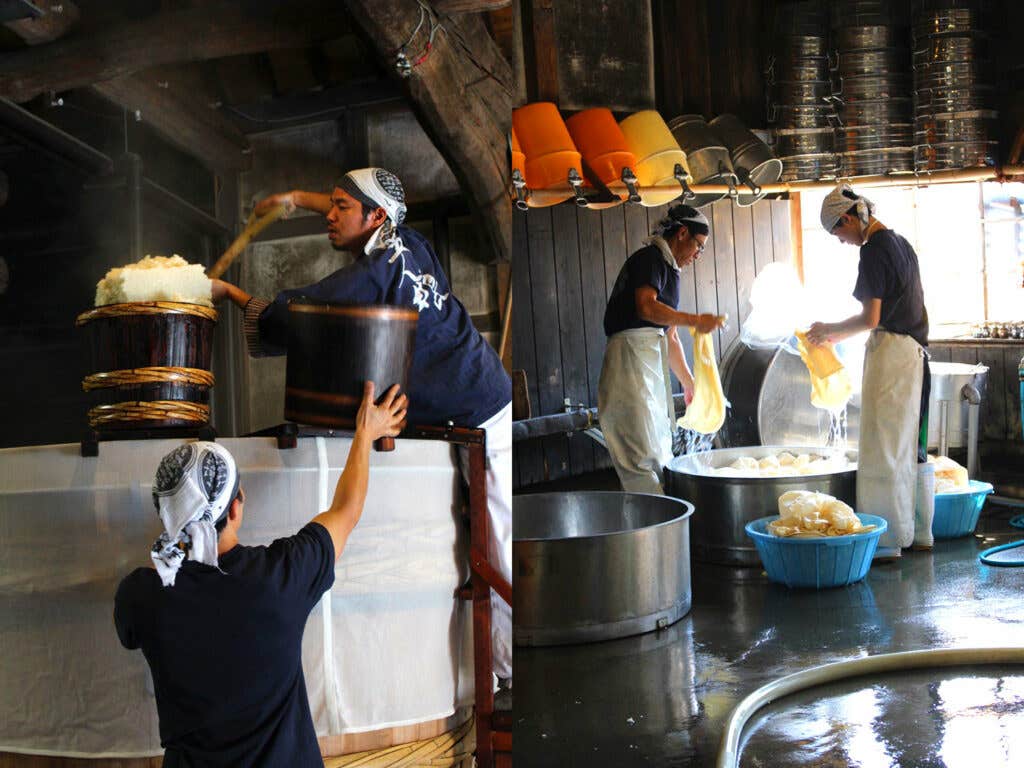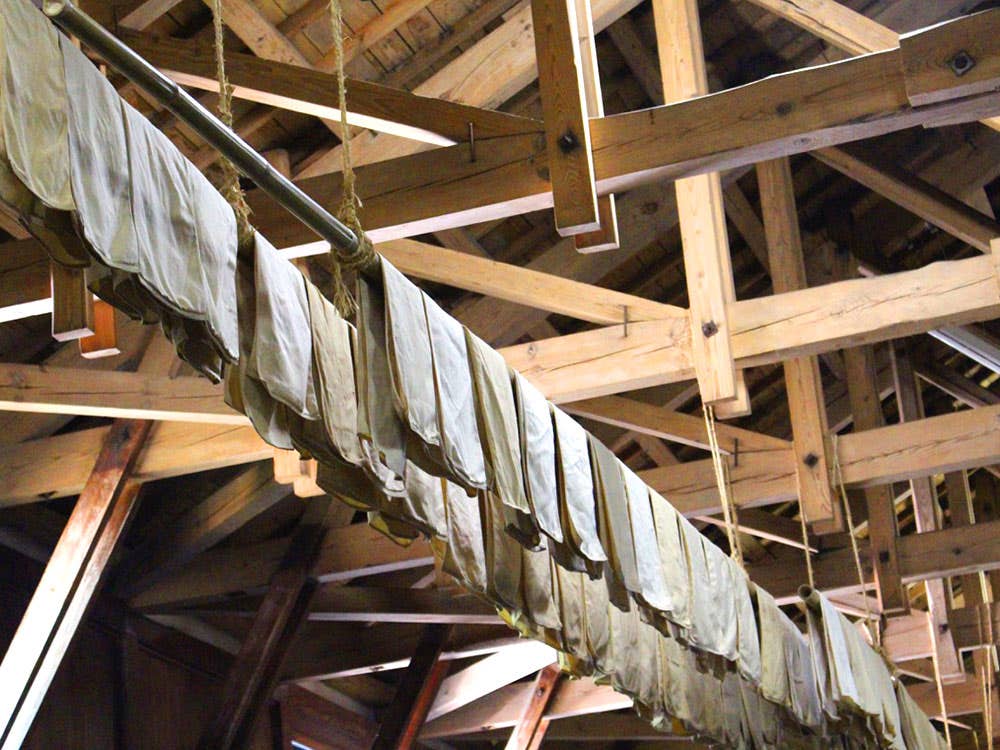
Why I Flew All the Way to Japan to Learn About Rice Mold
Cortney Burns, the co-chef of Bar Tartine in San Francisco, goes on a journey to feed her obsession with a very special facet of fermentation
I’ve been obsessed with Japan for over a decade. Every food, product, and culinary technique to come out of it. But for the past few years I’ve had a special fascination with one especially funky yet integral ingredient of Japanese cooking: koji.
Made of cooked rice and/or soybeans that have been injected with the culture Aspergillus oryzae and left to ferment, koji is central to Japanese cuisine, used to make everything from miso to shoyu. And as the co-chef of Bar Tartine in San Francisco, where we focus on all kinds of fermented ingredients, koji has become an essential part of my pantry. https://twitter.com/bonappetit/status/747858649918365696 My koji fixation hit me about five years ago, when I was working part-time at the Culinary Institute in St. Helena, California. That year, the Institute's annual autumn food conference, World of Flavors, focused on Japan. I was in awe of so many Japanese chefs under one roof that I decided to try making koji myself. The effort took me 48 hours and left me in near tears from both excitement and exhaustion, but eventually I had made an enticing batch of sweet bacteria-inoculated rice that left me hooked.
I needed to learn more, and I needed to go to the source. Four years later, thanks to a Jean Louis Palladin Professional Work/Study Grant from the James Beard Foundation, I had my chance. It was time to study koji in Japan.

It’s almost dusk when I touch down at Narita International airport. I’ve been flying for 12 long hours, but the flight seems short when I compare it to how many years I’ve waited to set foot here. I’m confronted by a tangle of emotions: excitement and anxiety, invigoration and apprehension. I’m tired, but sleep is an afterthought—there are too many things I want to do, see, taste, experience. With only the most basic Japanese language skills to rely on, I feel unprepared and uncomfortable, but I have to push these thoughts aside and savor the adventure.
As the sun sets, a gentle pink hue envelopes the sky as I ride into downtown Tokyo in silence. My dear friend and amazing chef Namae-san greets me at my rented apartment, my home for the next two weeks. I’m eager to see the city, so we simply drop my bags off, jump in a taxi, and head off for a meal of shabu-shabu. I fill up on Wagyu beef bathed in hot broth and grilled matsutake mushrooms. Soon the hard work comes, but tonight I simply get to enjoy myself.
I've been anticipating this day for months. I'm on my way to Terada Honke, a sake brewery that's overseen by Terada-san, an eighth-generation sake brewer who makes some of the most amazing organic and natural sakes I have ever tasted. (Sake, like miso and shoyu, is also made with koji.)
The brewery has been making sake for over 330 years in Kozaki, a small town in Chiba Prefecture. Here they follow the ancient Kimoto method, in which every part of the process is done by hand. They allow the wild microorganisms that inhabit the air in the old brewery to help transform three ingredients—organic rice, water, and koji malt—into sake. Acting in accordance with nature and embracing this gradual process is a departure from the more mechanized practices that often define modern sake breweries.

Over tea, Terada-san shows me stalks of un-hulled rice. He explains each part of the plant and how he determines what varietal to use for what process. From there, we see where they wash the rice and then we come upon a 300-gallon bucket with rice steaming inside. A single shirtless worker is stretching nearby, and I wonder why, until it’s explained that as the newest team member, he’s responsible for scooping steaming-hot rice from the vat into small wooden buckets, which are then transported to cooling tables. He’s getting the best steam bath of his life…or so it seems.
When all of the rice is removed from the vat and laid on the wooden tables, a crew of eight begin to fan and continually turn it over onto itself until it cools to precisely 87° Fahrenheit, the ideal temperature for the initial bacterial inoculation. At this stage, high temperatures are prone to kill the spores. Once the rice reaches the correct temperature, it is moved into a cedar koji room that is temperature- and humidity-controlled.
Singing workers shake spores over the rice, making the air hazy with aspergillus, sending a few of us into coughing fits. Once the rice has taken all the spores it needs and the temperatures are registered in a log book, the workers swaddle the pile of rice like it's a giant newborn and leave everything to rest. From there, the temperature will rise naturally during the sporulating process and the rice will once again be spread out to cool. To go from spore to fully koji-enveloped rice will take close to 72 hours in total.

We slide the large cedar barn door closed and catch a glimpse of the rest of the sake brewing-process before I'm ushered back to where we sipped tea earlier. This time, Terada-san's wife brings out a magnificent meal: kasu pickles, onigiri with salted plum, carrot salad with toasted koji rice powder, tofu, taro, and a big leafy green salad with amazake dressing and miso, along with 13 different sakes to taste and pair with our meal.
Before leaving, I buy a copy of their cookbook, Cooking with Koji, to continue my koji education, and Terada-san gives me a small heap of his koji rice to sporilate at home.
Back home in California, 5,000 miles from Honke’s brewery, I make my own koji with Terada-san’s spores, the same self-propagating microbes they have saved and used for hundreds of years. They’re not just food; they’re history, and part of a lineage that celebrates the past while embracing the future. And to think, all of this meaning in one little grain of rice shrouded in mold.
Keep Reading
Continue to Next Story










